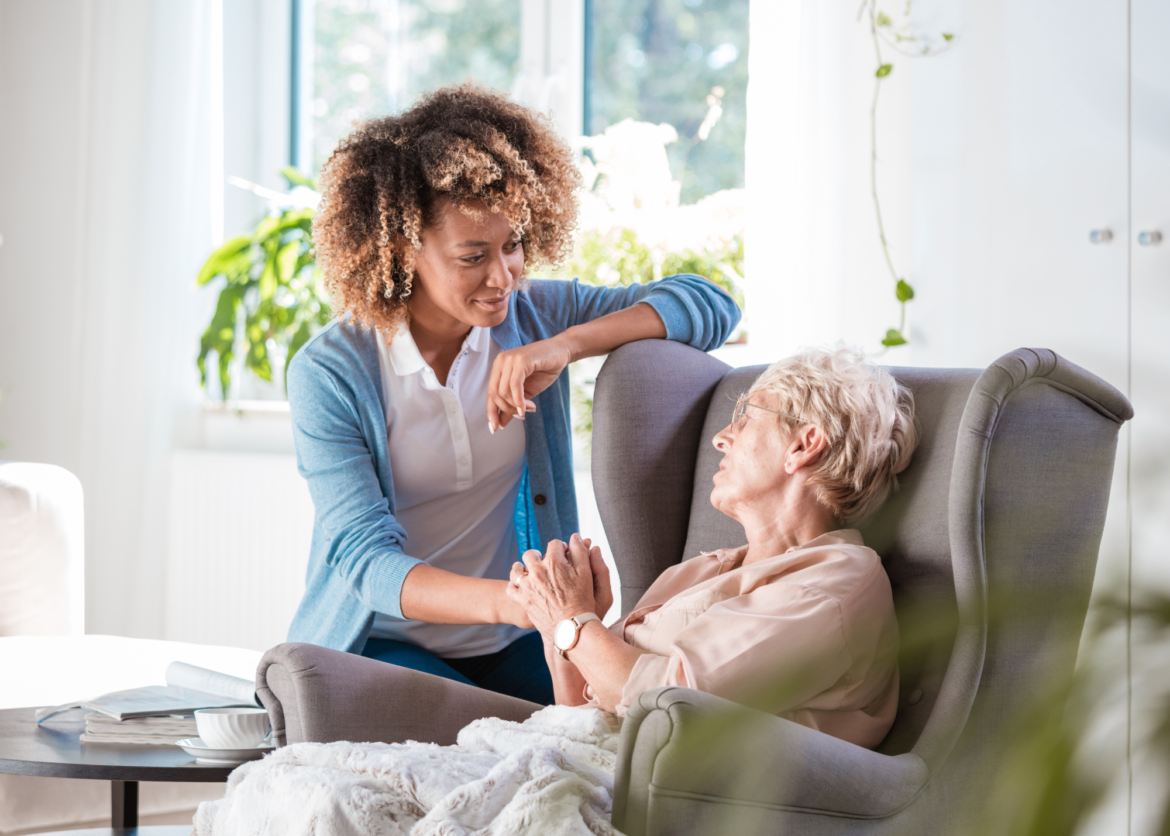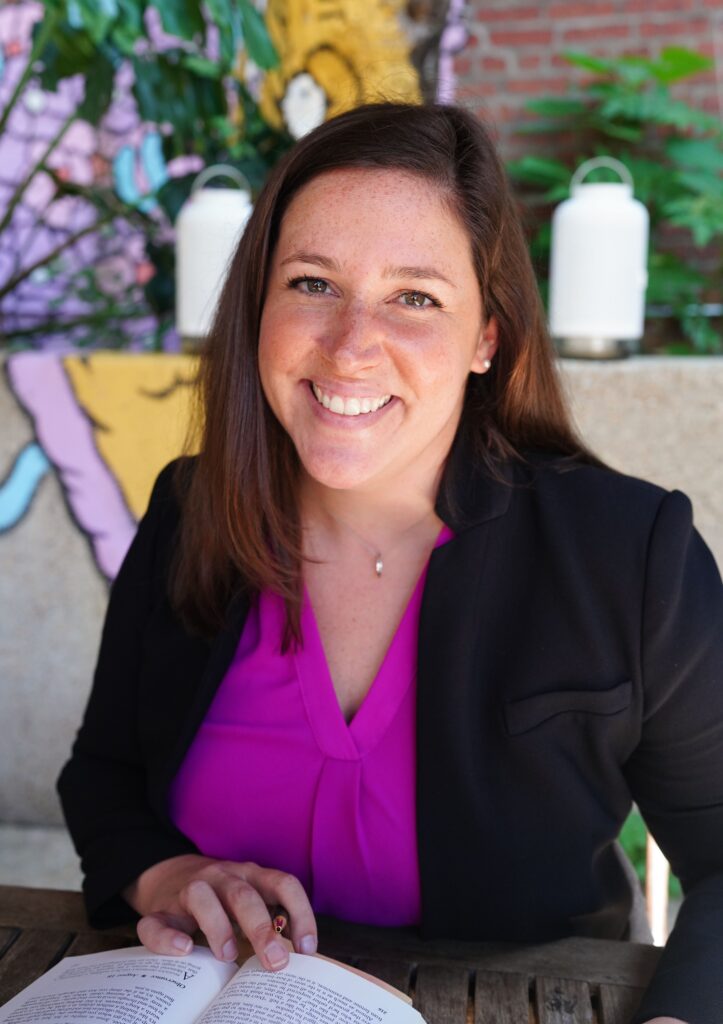 Knocking on the door of a patient’s home as a hospice chaplain is humbling. Behind that door are the deepest moments in the life of a dying person. Other types of chaplains walk into a hospital room, barracks, or workplace. Hospice chaplains walk into a patient’s home and are immediately immersed in a culture that can be very different from their own.
Knocking on the door of a patient’s home as a hospice chaplain is humbling. Behind that door are the deepest moments in the life of a dying person. Other types of chaplains walk into a hospital room, barracks, or workplace. Hospice chaplains walk into a patient’s home and are immediately immersed in a culture that can be very different from their own.
Cultural humility
This moment requires that chaplains practice cultural humility. With an open mind they observe, listen, and ask questions to better understand how a patient’s faith, race, ethnicity, gender, sexual orientation, and more play a role in their end-of-life journey.
Learning about a patient starts from the moment you enter their home. Is there a certain chair for guests? Would it be an insult to not drink the tea? Do the shoes at the door indicate guests should take off their shoes? All the senses help the chaplain get to know a patient, from cooking aromas to music on the stereo.
Spiritual assessment
Chaplains then perform a spiritual assessment to help the hospice team understand what the patient needs. They listen to what’s said and what’s not said. Maybe the patient’s culture means not talking about end of life. Or maybe you talk only with the spouse.
If you or a loved one are facing end of life, consider having a chaplain visit. You will find a fellow human who wants to hear your life story and can help everyone prepare for the best ending.
Chaplains let the patient and family lead the encounter. As an intimate stranger, they offer a safe space that is judgement free. People wounded by faith groups, churches or even family may be able to talk to a stranger. Chaplains can be a witness to a person’s life experience, helping them reflect and to understand what brings them meaning, hope and purpose.
Don’t miss out
Because people often think of chaplains in a strictly religious role, not every hospice patient will seek the support provided by chaplain visits. They are missing out on an important resource that can offer counsel and community connections. Still, without even visiting a patient, chaplains can inform the patient’s team including physicians, nurses, social workers and certified nursing assistants about the rituals or practices unique to religions. They also foster connections with community faith and cultural leaders and know where to look to find resources to help the team learn more about a patient’s culture.

Faith Fitzgerald Clinical Practice Specialist Chaplain
Someone who listens
Spiritual and Pastoral Care Week 2022 is Oct. 23 to 29. We hope you’ll make this a time to learn more about the role hospice chaplains play in caring for those who are ill and their family. Then maybe if you or a loved one are facing end of life, you will be open to a chaplain visit. You will find a fellow human who wants to hear your life story and can help everyone prepare for the best ending.


